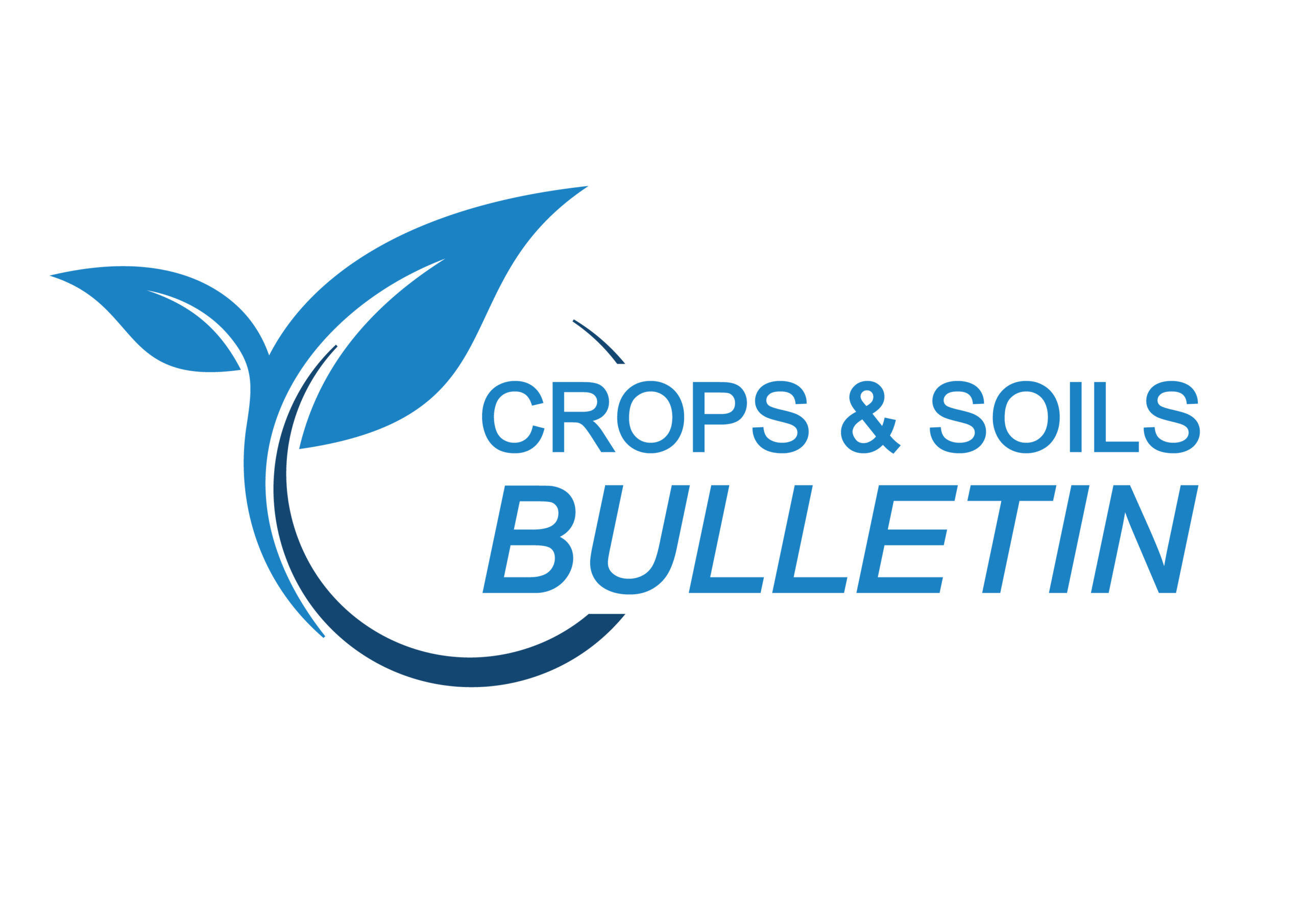Straw – To Chop or Not to Chop?
20 July 2023To chop or not to chop? That is the question!
Every year, once the combines begin to roll, we get asked whether or not farmers should be baling straw or switching on the chopper and incorporating it. Unfortunately, the answer is never a simple “Yes” or “No” and depends on the individual farmer, their circumstances as well the price it can be sold for.
To further complicate things, the value to the arable farmer by incorporating it is a different amount to the value of the straw to a livestock farmer.
In recent years, fertiliser prices have increasingly driven the conversation towards chopping with incorporated straw returning valuable amounts of Phosphate and Potash.
Fertiliser prices have of course fallen considerably from a year ago and in recent weeks the value of P & K is around half that of 12 months ago so how can an arable farmer calculate the value of chopping and incorporating straw.
For a 7t/ha crop of spring barley the value of nutrients in the straw is shown below with current values for Muriate of Potash (c.£450/t) and Triple Super Phosphate (c.£450/t) used. Figures for removal are taken from FAS Technical notes TN715-718.
| Kg P2O5 in straw | Value (£) | Kg K2O in straw | Value (£) | Total Value of P2O5 and K2O in straw per hectare |
|---|---|---|---|---|
| 3.5 | £3.42 | 45.5 | £34.13 | £37.15 |
While the amount of Phosphate returned is small, the amount of Potash is significant, representing around half the requirement of a following crop of spring barley and is in a readily available form.
In financial terms the savings from chopping and incorporating this year’s straw crops are fairly small due the low replacement cost, and in most areas, the prices being offered from livestock or other farmers will be in excess of this.
That is not the end of the story however, and while there are additional costs incurred from using extra diesel, the potential for a temporary “lock up” of Nitrogen available to winter crops and increased risk of slugs, there are other benefits from chopping and incorporating straw.
Firstly, not only does the straw contain Phosphate and Potash but it also contains good levels of trace elements including Manganese and Copper and acts as a food source for organisms within the soil. The chopped straw can also act as a soil conditioner, helping improve the overall structure and reducing the risk of compaction.
With no baling or need to clear the field of straw bales, there is also a reduction in wheelings and subsequent compaction. As for organic matter, there will be marginal increase although it would take many years of incorporation to make a sizeable improvement in a soil.
There are alternatives, with straw for FYM swap deals remaining popular in some areas, allowing livestock farmers to use the straw for bedding before it returns to the arable farm in the form of FYM.
So depending on the prices being offered for straw, the decision may be easier this year if based on a purely financial basis, however for those who are going to be chopping and incorporating regardless there are a few tips.
- Make sure your combine chopper blades are sharp and spreader is set up to ensure an even spread across the whole header width. Uneven spreading can affect the ability to incorporate effectively particularly if it gets wet.
- Raise the cutting bar slightly and increase stubble length if the volume of straw is high and affecting the ability to chop and spread effectively.
- Incorporate as soon as possible to allow soil organisms to break down the straw and reduce the effect of temporary nitrogen “lock up” in the following crop.
- Achieving a good mix of soil and straw in important when incorporating and following seed beds should be properly consolidated to reduce slug risk.
George Chalmers, SAC Consulting
Sign up to the FAS newsletter
Receive updates on news, events and publications from Scotland’s Farm Advisory Service


